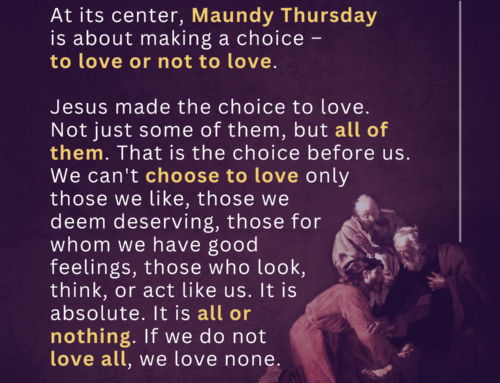“Train children in the right way, and when old, they will not stray.” – Proverbs 22:6
At age 22 Elizabeth Johnson Jr. was single, childless, and sentenced to death. While the evidence proving her guilt is unknown, we do know that only a last-minute move by Governor William Phips kept her from the hangman’s noose. Elizabeth had been convicted of witchcraft in Salem, Massachusetts in 1693. Governor Phips halted her execution as the magnitude of the gross miscarriages of justice were coming to light. However, her sentence was never overturned nor her conviction vacated. In 1712, Elizabeth submitted an exoneration petition to the court but her request was never given an audience. I wonder if people had “moved on” and did not want to revisit the painful and costly mistakes that were made.
Over the next three centuries, dozens of suspects from the Salem witch trials have been cleared and convictions have been reversed. Family histories have been enabled to heal as veils of shame were lifted from ancestors. However, Elizabeth’s case has been continually overlooked. While she was never executed, she was nonetheless never pardoned. This changed because of a curious class of eighth-graders.
Students from North Andover middle school took up Elizabeth’s cause. Their teacher, Carrie LaPierre, said, “They spent most of the year working on getting this set for the legislature – actually writing a bill, writing letters to legislators, creating presentations, doing all the research, looking at the actual testimony of Elizabeth Johnson, learning more about the Salem witch trials.” They wanted to clear her name.
The students sent their research to state senator Diana DiZoglio who introduced their legislation exonerating Elizabeth. “We will never be able to change what happened to victims like Elizabeth but at the very least can set the record straight,” DiZoglio said.
On one level, this story highlights well-developed, layered, and impactful lesson plan shepherded by a master teacher. On a higher level, I begin to dream of how this might shape the children’s understanding of justice, of forgiveness, and of their power to make right the mistakes of the past. They played a vital role in a story of restoration. It is one thing to tell children about redemption and reconciliation and it is another to help them bring these things to life.
In reflecting on the experience Carrie LaPierre said: “Passing this legislation will be incredibly impactful on their understanding of how important it is to stand up for people who cannot advocate for themselves and how strong of a voice they actually have.”
Stories like this remind me that the Holy Spirit is active in dynamic, creative, and redemptive ways that far exceed my imagination. Stories like this give me hope.






